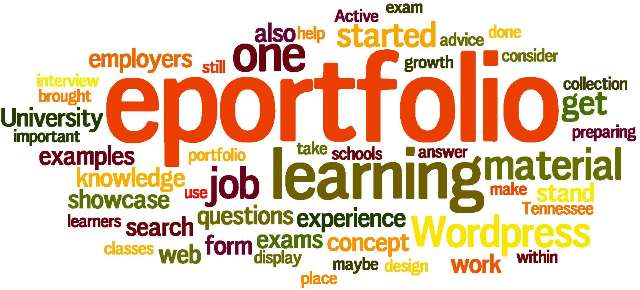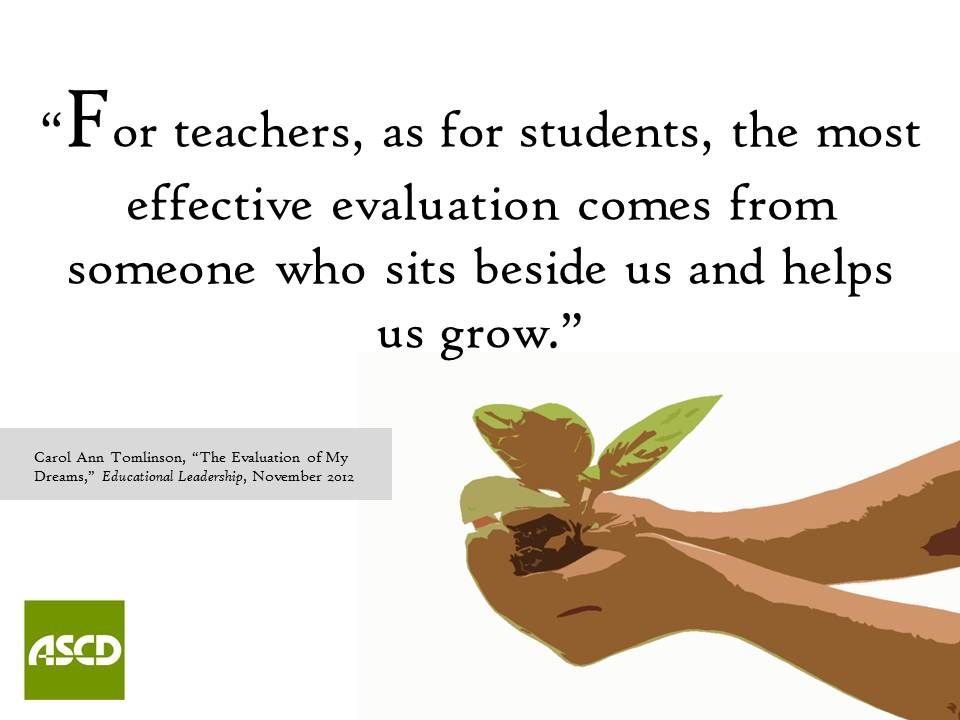April 2, 2023
My Final Thoughts
This was my presentation for the final class of my teaching program.
https://www.canva.com/design/DAFfD9L0VJg/ervHTXHbXTjomrnlgf7ztg/edit?utm_content=DAFfD9L0VJg&utm_campaign=designshare&utm_medium=link2&utm_source=sharebutton
February 12, 2022
What role do e-portfolios play in being a reflective practitioner, and how do you expect to use an e-portfolio once you graduate from your pre-service program?
E-portfolio is a diverse online tool that can be used for various purposes. My first experience with the e-portfolio was at the University of the Fraser Valley. As students, we used the blackboard platform to showcase our understanding of the core competencies of UFV as well as how they related to our personal experiences.
The e-portfolio platform is a flexible, personalized, and professional way to showcase whom we are creatively, our accomplishments, growth, and artifacts related to teaching. It can also be an innovative way of presenting a resume to future employers. Currently, I have enjoyed showcasing my work visibly and tangibly. Adding personal artifacts, interests, and “flair” makes the assignments more engaging. Knowing that there are options for privacy and public displays of work gives peace of mind when delving into more personal topics that are not for public consumption. An E-portfolio is also a great resource to show personal growth and development. As a future teacher, I want to continue to have a growth mindset, and e-portfolios allow reflecting challenge to look deeper into different topics or personal philosophical beliefs and pedagogies.
Reflecting on the readings, the idea of using an online platform or e-portfolio to communicate and connect with students and parents could be an effective tool. With technology being such an integral part of communication and connection, an e-portfolio is a great tool for communication. In the future, I will use it privately as a personal journal to reflect on my teaching experiences, which compliments a growth mindset.

January 20, 2022
Does Spirituality Belong in the Classroom?
Spirituality is a brave search for the truth about existence, fearlessly peering into the mysterious nature of life. Elizabeth Lesser
Spirituality can be an intimidating word; when I asked my family about spirituality, one person remarked that it is “religion” the other asked what is that? Spirituality is often misunderstood, but it is essential to discover this vital part of ourselves. How do we incorporate spirituality into the classroom when many people don’t understand it or even acknowledge that part of ourselves? Bringing awareness to what spirituality is and looks like by collaborating and understanding its misconceptions. What else can this look like? I believe in helping the students connect to the deeper part of themselves. The goal is to connect to their most honest being in order, honest about how they are and vibrant in that authenticity. Going beyond themselves, I believe skills such as empathy, grounding, compassion, and mindfulness could create social and emotional connections with us. This will give the students more purpose, life, and energy. Practical ways of accomplishing this would be letting students discover themselves through music, nature, service to others and the arts. Yes, I believe that spirituality is essential in schools that thought of how life-changing it could be to our students can only lead to a greater purpose ahead.
November 13th, 2021
What is the role of assessment in elementary (K-7) education?
As educators, the needs and education of our students should always come first. Assessments can be used as an aspect of that, focusing on improving each student’s learning. Assessments can be an effective tool in the classroom if it matches what the students have been learning. Educators can use assessments to help diagnose learning struggles, diagnose learning disabilities in students, and give direction to the teacher regarding what the students need to focus on with their schoolwork. Elementary education focuses on the building blocks of education, reading, writing and math, and assessments help evaluate if each student is where they are expected to be.
Assessments must align with the students learning and curriculum, and the assessments can be used for students to connect and collaborate with the teacher or other students in the classroom. An example of this is the use of formative assessments. This informal assessment can allow students to answer with a quick thumbs up or thumbs down or write after a lesson to see if they understood the material. Informative assessment such as think-pair-share can also be an excellent way for students to connect and collaborate with their peers through brainstorming.
